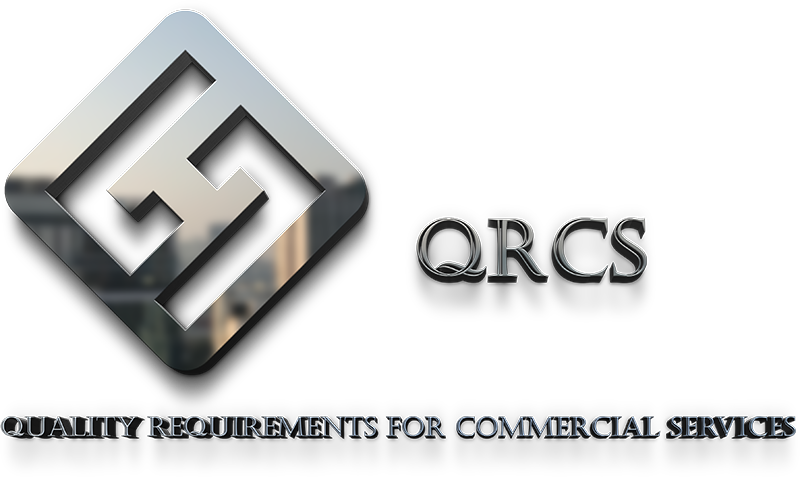A written Food Defense Plan may describe the many steps your company has taken to reduce the risk of an intentional attack on our nation’s food, and your product.
The question being recently asked by agencies and auditors is –
Do you have a “Functional” Food Defense Plan?
While each piece of the program has a function, the plan itself should have a purpose and achieve results. A functional Food Defense Plan is not just a list of security measures already in place and monitored. Your plan should include a method to systematically prioritize and reduce risk, and then demonstrate progress. This can be achieved through
- A schedule of preventive actions such as inspections or exercises
- An annual examination of strengths and weaknesses
- Documented proactive steps taken to decrease risks and show results
- Documented actions taken to increase the ability to respond to an incident
A variety of Food Defense guidelines can help you identify potential actions. The suggestions include steps to reduce the risk of an attack as well as steps which can improve upon the ability to react, minimize the effects, and recover. All of these steps are valuable but few companies can afford to (or need to) take all the actions suggested. It is important to use a method to justify which actions your company elects to implement and which are postponed or deemed not applicable. A functional plan will achieve this.
The HACCP Consulting Group can help you develop a written program and evaluate your existing systems through a combination of examining checklists and using risk assessment tools that will lead to a proactive, reasonable, functional plan appropriate for your business.
